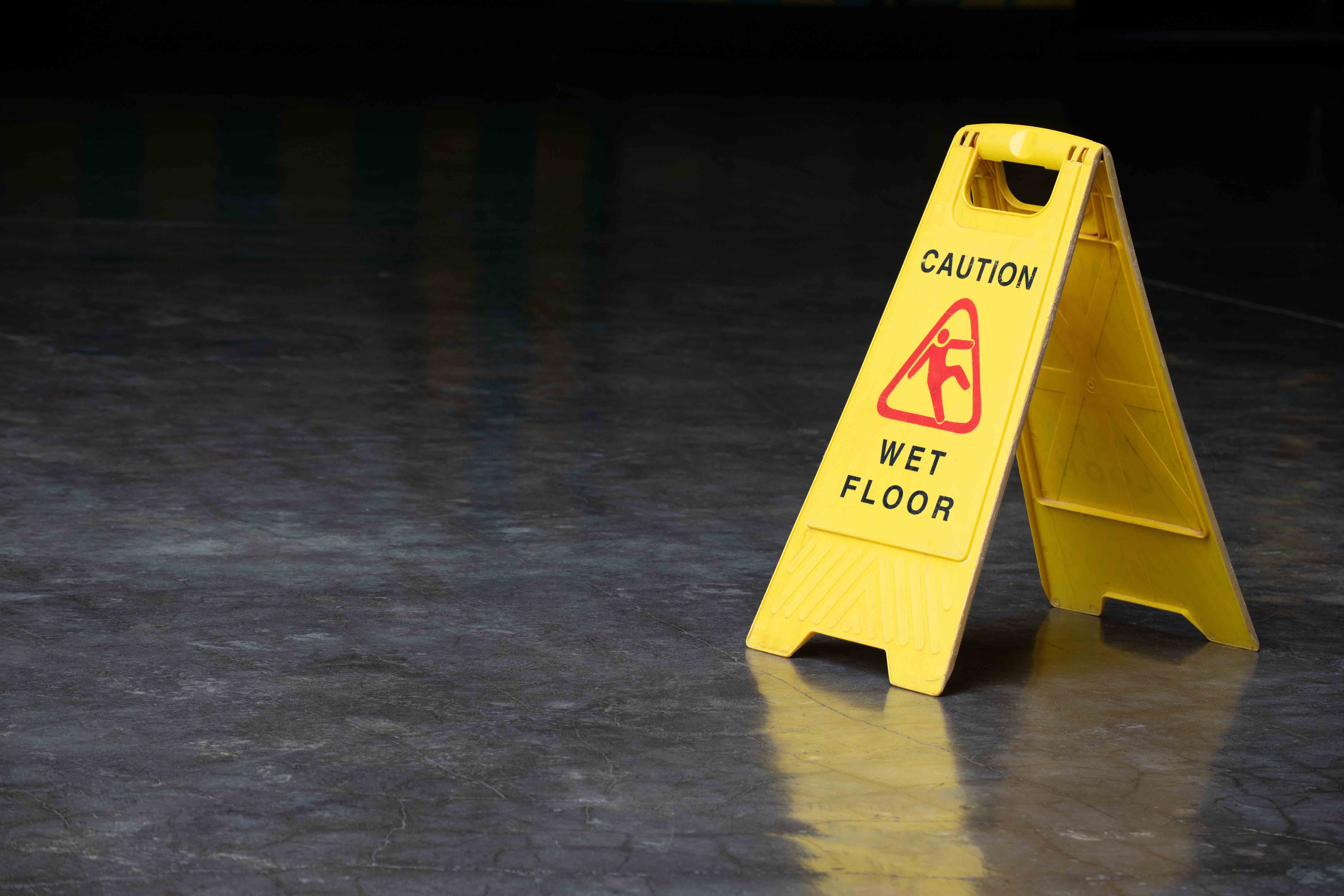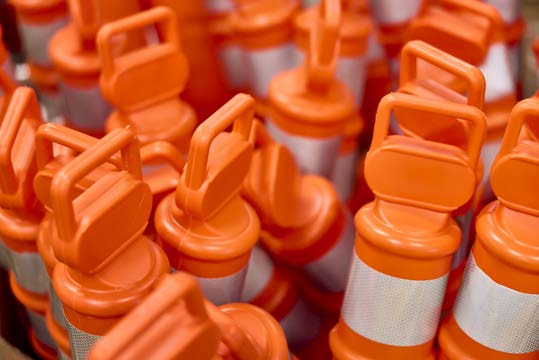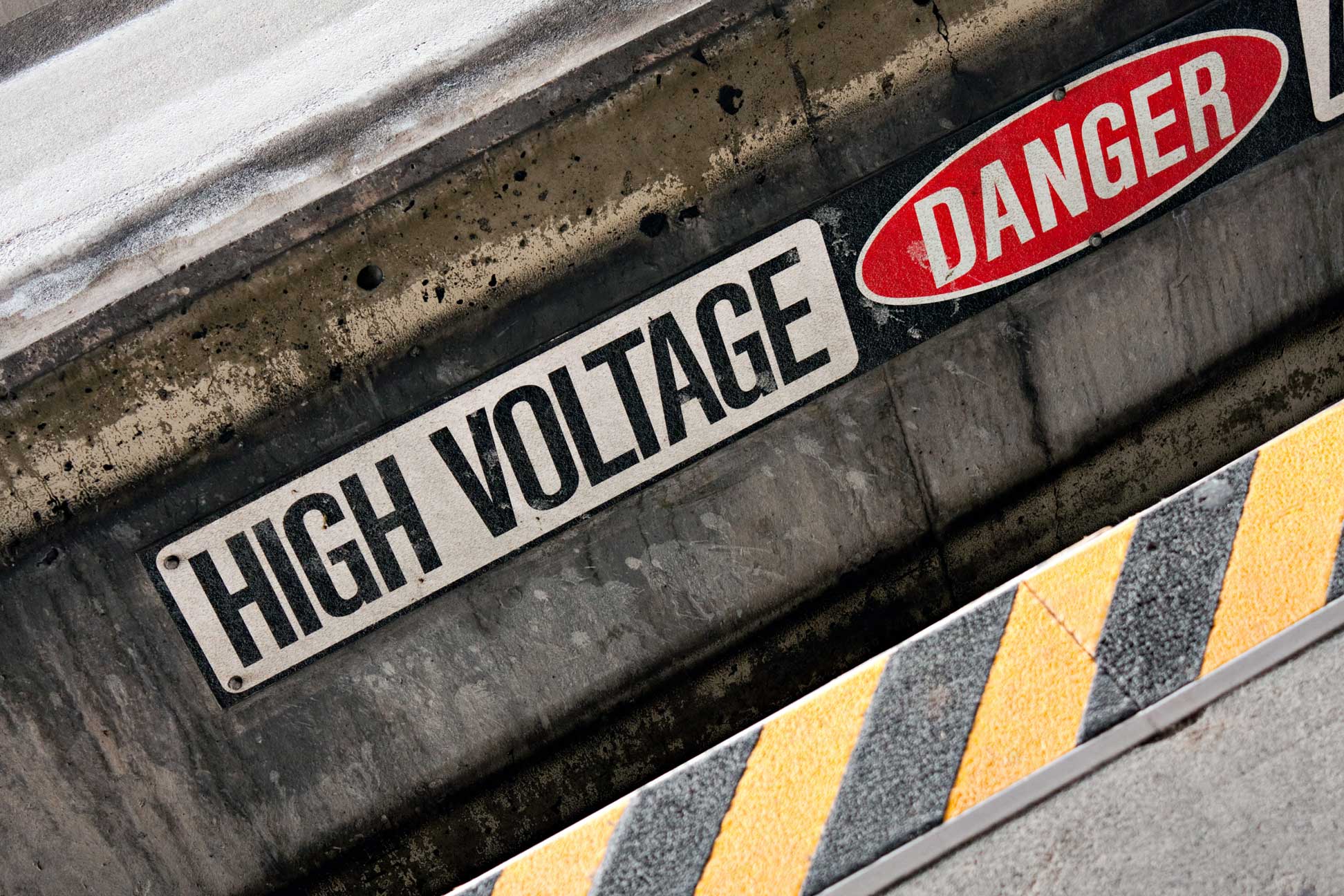KNOW SAFETY & HEALTH
Stay current on the latest environment, health and safety (EHS) news, OSHA regulatory changes, tips, resources and management best practices with Grainger KnowHow®.
![]() SAFETY
SAFETY
- Types of Moisture Meters 09/14/23
- Machine Guarding: OSHA Requirements 09/14/23
- Forklift Safety Training Guide 05/29/23
![]() ARTICLES
ARTICLES

PPE in the Workplace
PPE for Extreme Conditions: Ensuring Comfort and Safety in All Types of Weather
Learn more about the different types of specialized PPE designed to keep workers comfortable and safe in challenging environments.
10/06/25















